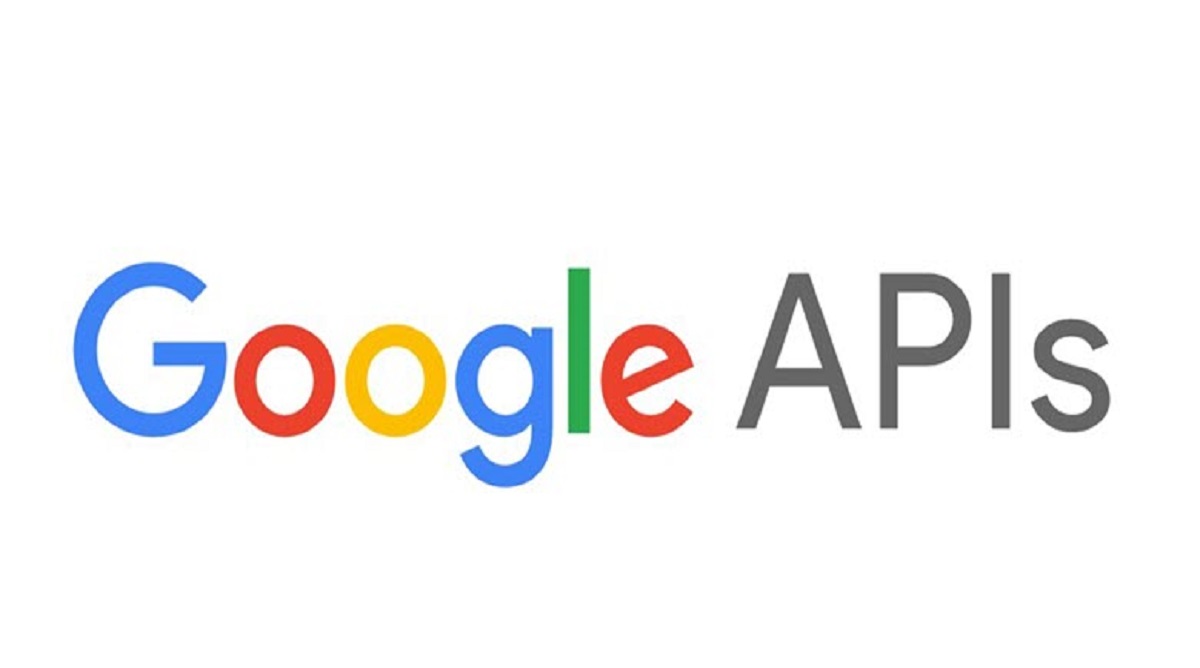7 Best Google APIs for Improving Your Web App
Google provides a vast array of products and services, many of which are available through application programming interfaces or APIs.
Google APIs enable you to interact with popular consumer-facing products such as Maps and Hangouts and use Google’s sophisticated vision, video, and natural language AI capabilities.
Developers that take the effort to investigate and incorporate these APIs may augment their apps with cutting-edge technology without having to fully comprehend the low-level specifics of the machine learning (ML) algorithms that enable many of these capabilities.
Now Available: 25 Free HTML & CSS Hacks
In this post, we’ll go through the most important APIs that Google offers — all of which are built on REST principles and many of which also support gRPC. Google’s APIs are well-documented, with examples (and, in some cases, whole apps) included. So, let’s get started.
Google APIs Recommended for Marketers and Developers
- Google Maps Engine
- AI for Natural Language
- AI in video
- Text-to-Speech and Speech-to-Text technologies
- Google Talk
- API for Google Sheets
Google Maps Engine
Best for: Bridging the gap between your apps and the real world
You may include maps or even 360-degree street view images in your web and mobile applications using Google Maps APIs.
These APIs may also get directions with route optimizations based on real-time traffic data, making them useful for use cases in the transportation and logistics industries such as ridesharing and delivery.
Your apps may also obtain locations and points of interest using search, autocomplete, and comprehensive location information. The Google Maps Platform includes APIs for everything you need to integrate the actual world into your program.
See our Google Maps APIs introduction guide to get started with Google Maps APIs in your app or site.
AI for Natural Language
Unstructured text analysis and extraction are the best applications.
The Natural Language AI API extracts information from documents, conversations, emails, social media, and other sources. Using sentiment analysis and content categorization capabilities, this API is widely used to measure consumer views, feelings, or general attitudes. It can also recognize and extract text parts such as addresses or ID numbers.
AI Video
Excellent for: Video analysis.
Google Video AI APIs are comparable to Vision AI APIs. It collects metadata from video files, allowing them to be indexed, organized, searched, and filtered. This API is useful for various applications, including content moderation, content recommendation, and even contextually appropriate advertising.
The Video API API may add timeframe-specific labels to video footage. Matching your adverts with labels may determine ideal spots to insert ads in your films.
Text-to-Speech and Speech-to-Text technologies
Best for: Converting text to natural-sounding voice and speech-to-text accuracy.
The Text-to-voice API from Google includes voice synthesis technology, which allows developers to turn text into natural-sounding speech. The API offers a variety of languages and voices, allowing developers to integrate lifelike voices into their applications.
On the other hand, the Speech-to-Text API enables developers to convert audio to text in over 125 languages and variations. It can transcribe speech from various audio sources, including live phone conversations and recorded audio and video files. Furthermore, it supports real-time and batch transcribing and includes various accuracy-enhancing features such as speaker recognition, profanity filtering, and automated punctuation.
Google Talk
Ideal for: Creating chatbots.
Google Chat APIs allow you to programmatically access messages, spaces, and attachments. Webhook events, such as being messaged by a user or being added to a space, can be received and responded to by applications.
You may use Google Cloud Functions to handle events without managing servers or containers. Create a chatbot to automate or help with important business processes on the same platform your team uses to interact.
Google Sheets API
Best for: spreadsheet management.
Finally, you may use the Google Sheets API to read, create, and format Google Sheets documents. It can accomplish nearly anything you can do in the Google Sheets UI, which may be a game changer when automating your operations.
Consider using Google Sheets APIs to enhance your reporting if you export reports as CSV files. You can use visually appealing formatting to communicate the reports more effectively and include charts and graphs alongside the exported data.
Utilize the power of Google APIs.
Google APIs allow you to access Google’s huge data, intelligence, and computer resources. They contribute to developing better goods and services by making innovative technology available to consumers of all skill levels.
Furthermore, many of the APIs covered in this article may be combined. You may use the Speech-to-Text and Text-to-Speech APIs to provide a touch-free customer care experience over the phone. Use the Vision AI APIs to extract text from receipt photographs, the Natural Language AI APIs to extract the date, store, and individual line items from the text, and the Google Sheets APIs to add them to a spreadsheet.
These are only a few of the remarkable features provided by Google APIs. Whether you’re working on a team or a solo project over the weekend, the Google APIs provide suitable building blocks for next-generation apps and services.
